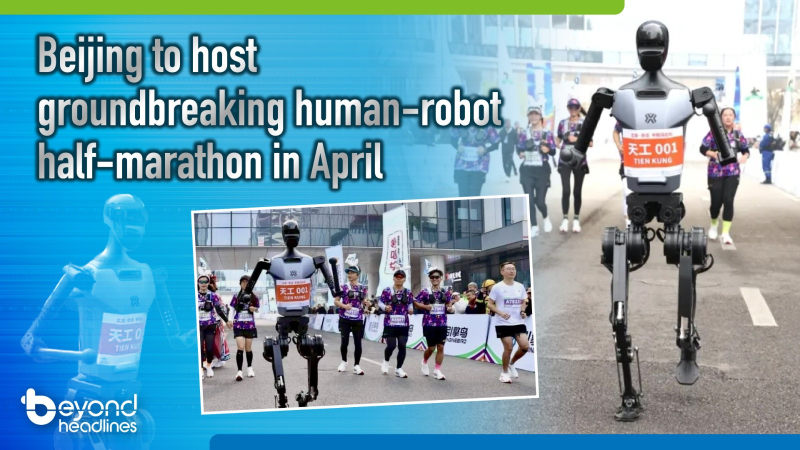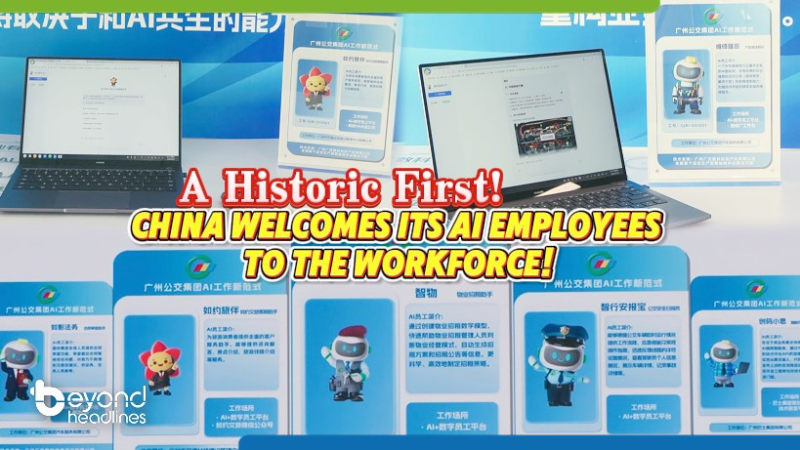Vietnam’s beverage scene has a new obsession—Chinese-style milk tea is sweeping through the country, one sweet, chewy sip at a time. Stroll through Hanoi or Ho Chi Minh City, and you’ll find hip tea shops adorned with Chinese motifs, their counters buzzing with young customers willing to queue for that perfect cup. Once ruled by strong Vietnamese coffee and Western-style bubble tea, the market is now tilting toward China’s flavorful exports.
So what’s fueling the frenzy? Beyond the velvety textures, Instagram-worthy cups, and endless topping choices, it’s the price tag that seals the deal. Thanks to tariff cuts under the China-Vietnam Free Trade Agreement, key ingredients—tea leaves, boba pearls, flavored syrups—flow in cheaply, keeping costs low without skimping on quality. Chinese brands have also set up local production hubs, slashing expenses further with Vietnam’s affordable labor. The result? A cup that costs just 10 RMB—even less than in China!
But this isn’t just business—it’s a delicious cultural exchange. Vietnamese youth aren’t just sipping tea; they’re tasting China’s tea heritage and modern culinary flair, sparking a wave of localized twists on the classic drink. What began as a trendy import has turned into a fusion phenomenon, where every bubble carries a blend of two cultures, one shared sweet tooth.



![[Cultural China] Bubble Tea Boom: How Chinese Milk Tea Won Over Vietnam’s Youth](https://img.beyondheadlines.hk/articles/cover/20250425/37ddbd12888c2f940da5aa02d006de3f.jpg!w800)



![[China Travelogue] Golden Blooms in the Concrete Jungle: Nanjing’s Rapeseed Fields Paint the Town Yellow](https://img.beyondheadlines.hk/articles/cover/20250417/e118bdf17b8030703fd29c7807d99daf.jpg!w800)





